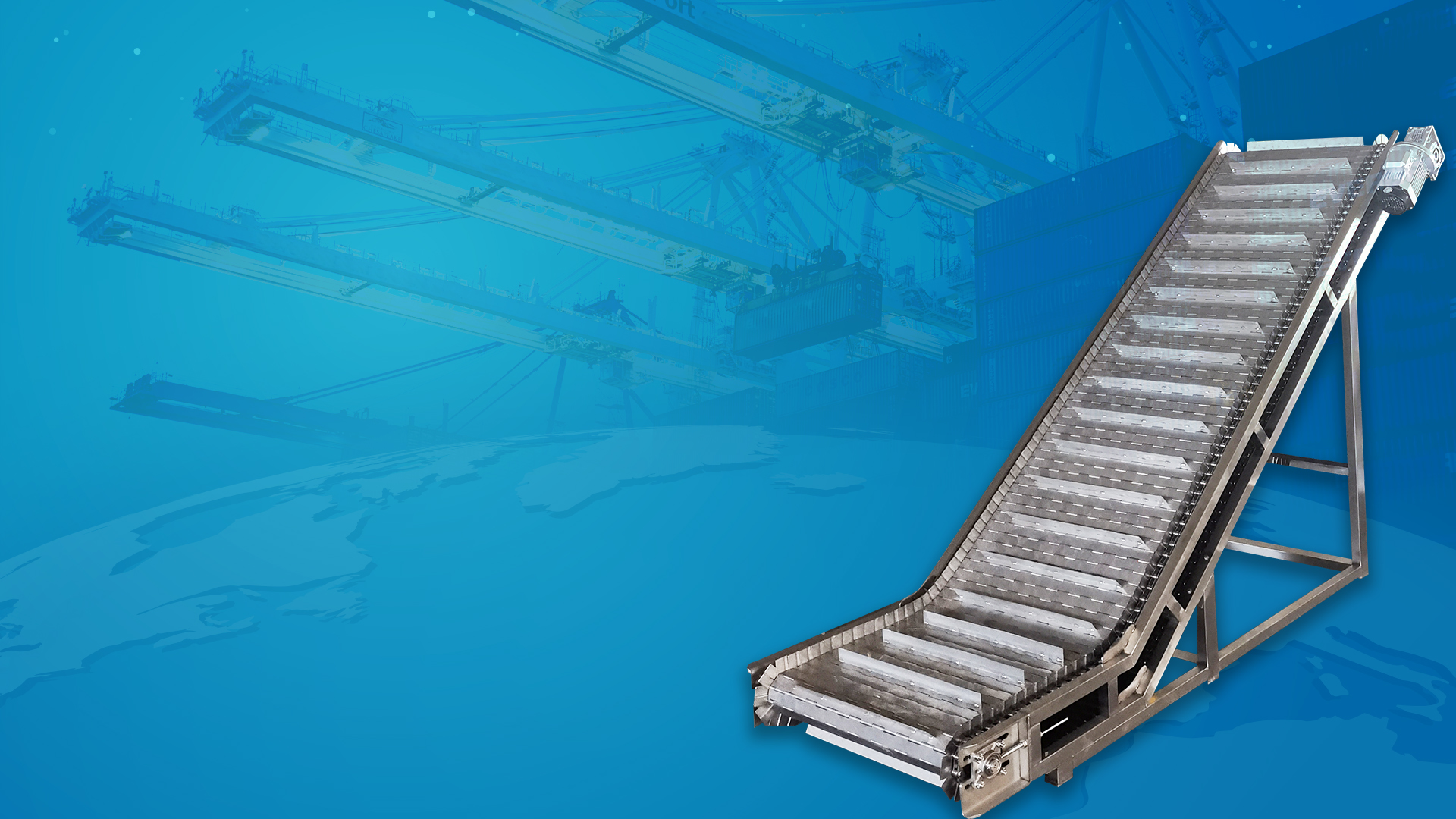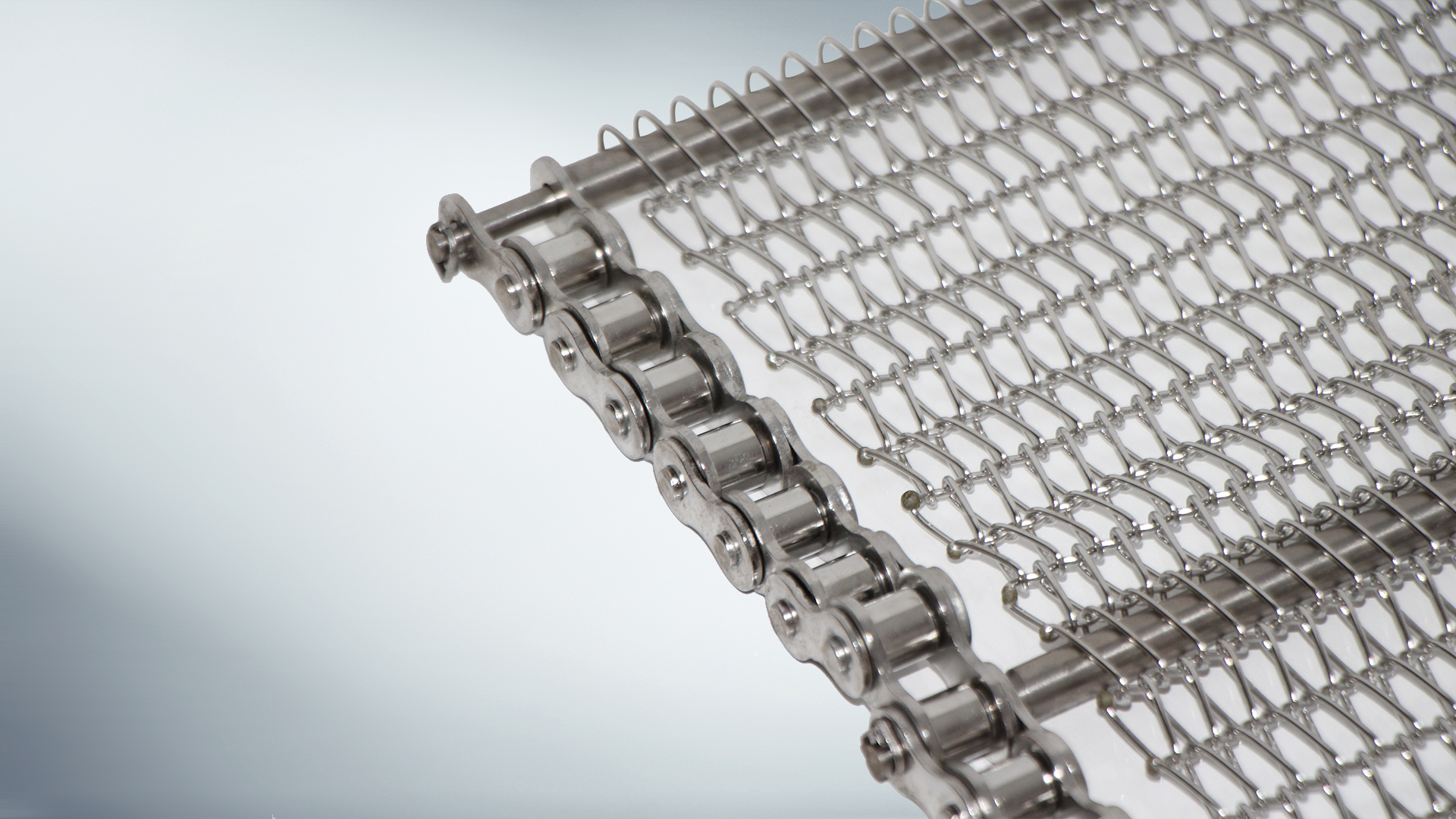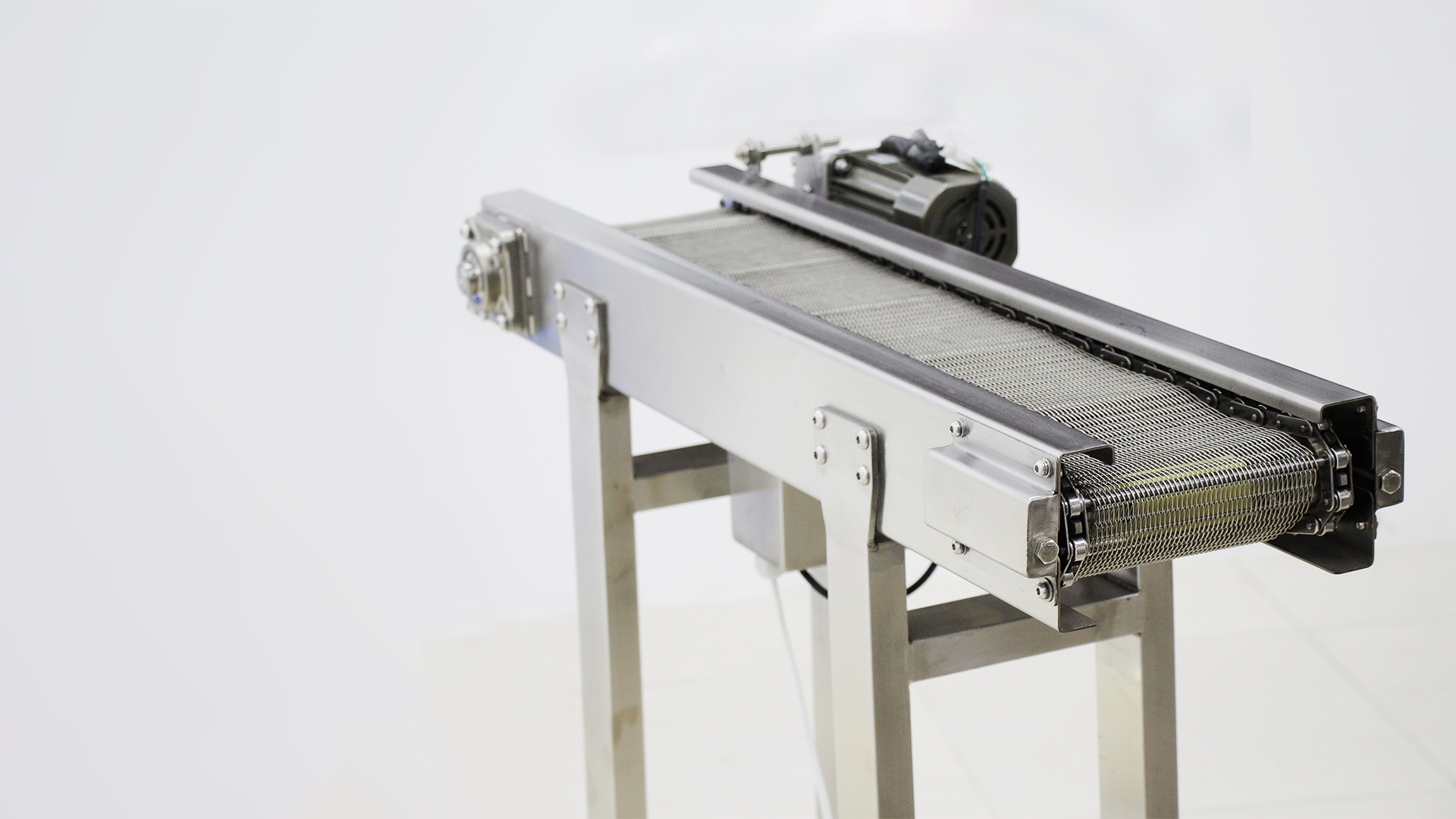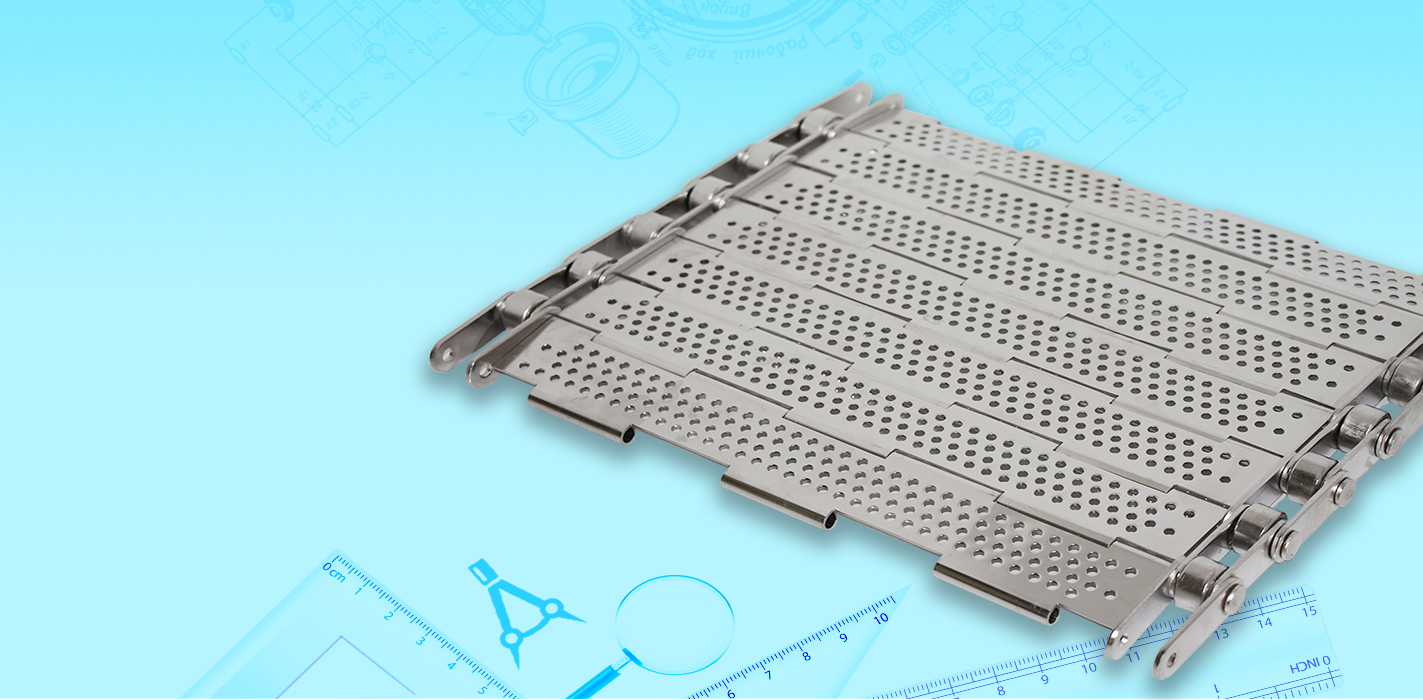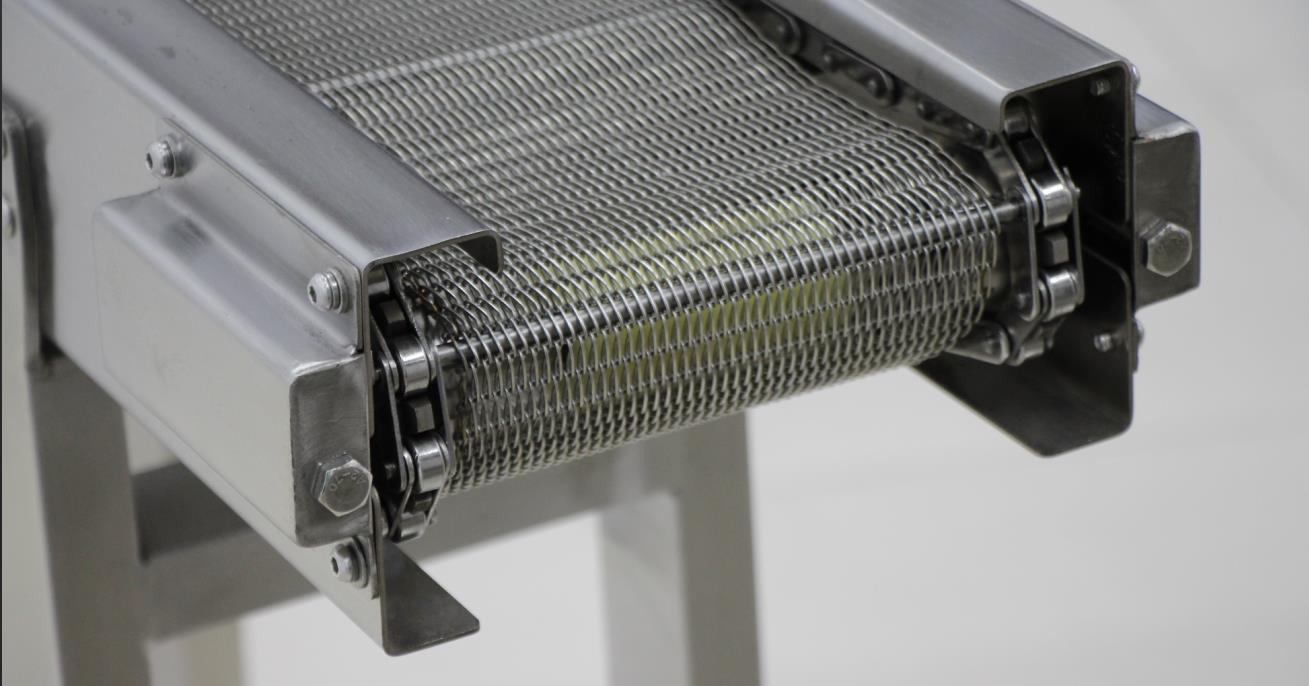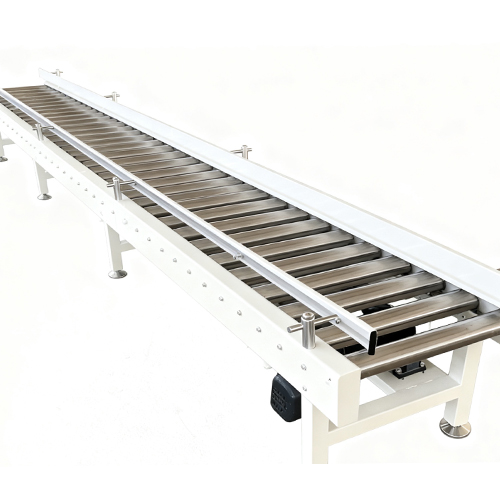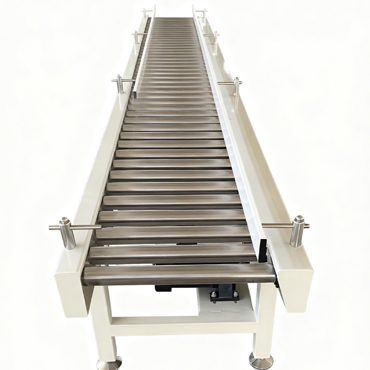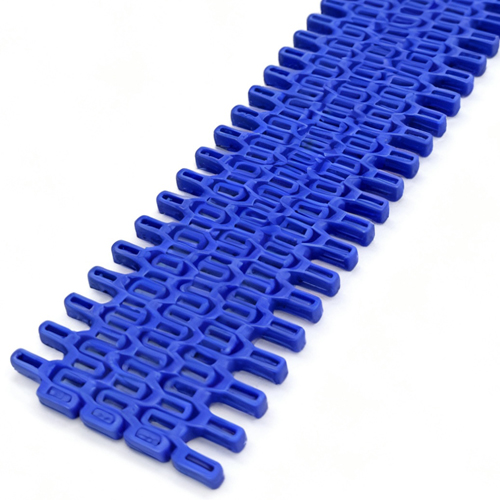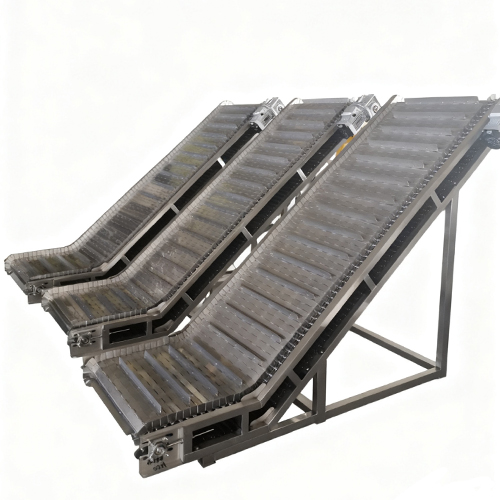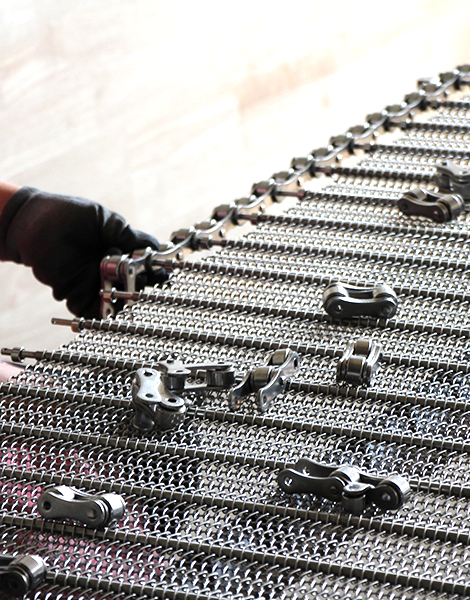I. Flat-Type Palletizer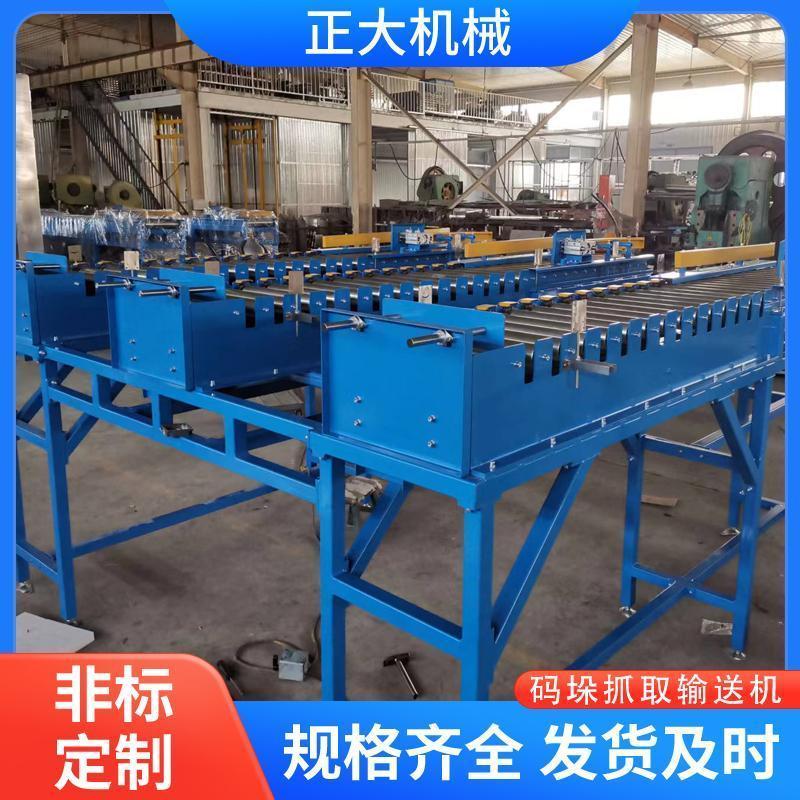
The flat-type palletizer was the first type of palletizer to be used. It has a simple structure, is easy to operate, and has a relatively fast processing speed. It is suitable for scenarios with fewer size specifications and lower palletizing heights. This type of palletizer typically uses robotic arms with spatial positioning capabilities or single- or double-axis linear manipulators, with palletizing heights generally not exceeding 1.5 meters.
II. Vertical Palletizers
Multi-directional palletizers excel at handling materials exceeding 1.5 meters in height. Their multidirectional workspace and various height-adjustment mechanisms, such as lifting systems, enable efficient stacking of materials of different dimensions. These palletizers come in fixed and mobile configurations. Fixed models are suited to scenarios involving uniform material types and specifications, while mobile versions can accommodate diverse materials and varying dimensions with demanding stacking requirements.
III. Four-Directional Palletizers
Four-directional palletizers primarily refer to equipment that uses rotary grippers for palletizing operations. They are highly recommended for large-volume material packaging production lines, offering four-directional palletizing capabilities, high stability, and rapid efficiency.
IV. Flexible Palletizers
Flexible palletizers are equipment that can rapidly adjust to accommodate varying workpiece dimensions based on production line requirements. Through flexible robotic arms, control systems, and software design, they meet the demand for high efficiency and adaptability in industrial production lines. They are widely used in various industries, including chemicals, food processing, and 3C electronics.
In summary, different types of palletizers have their respective advantages and disadvantages in specific scenarios. Manufacturing enterprises should select the optimal solution based on their particular circumstances.
Introduction to Palletizer Types
Keywords
:
none



